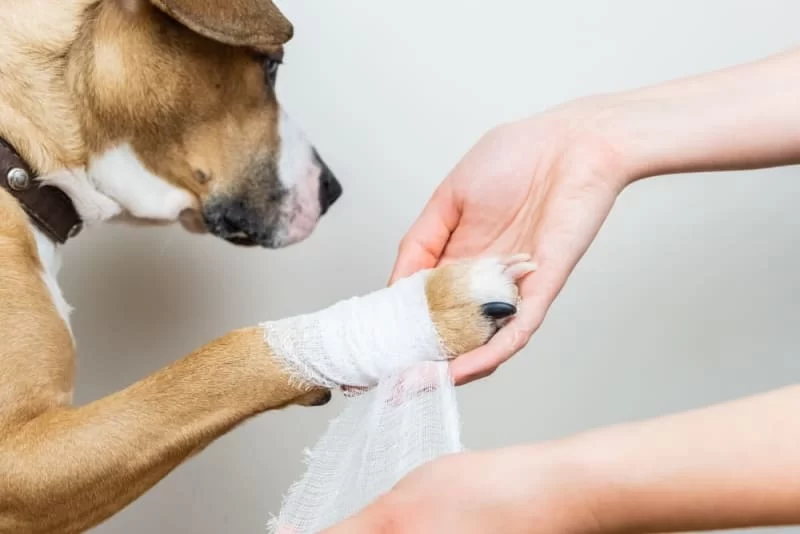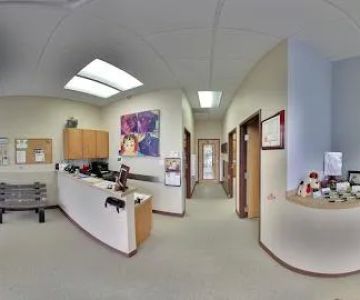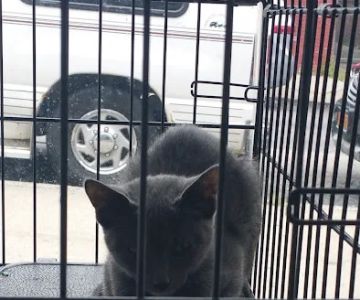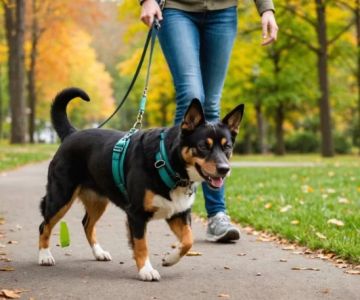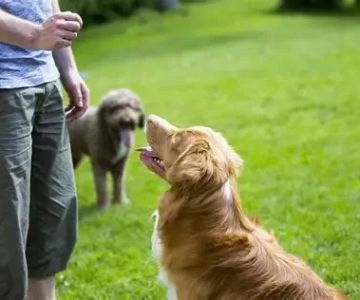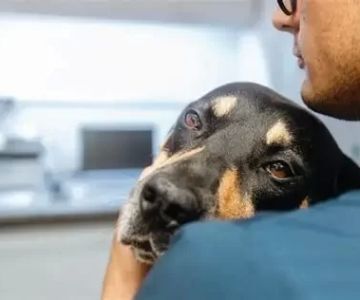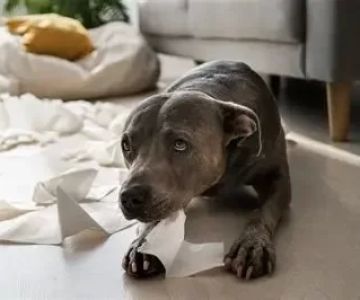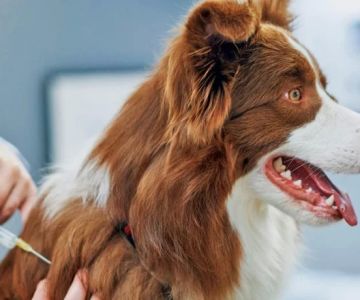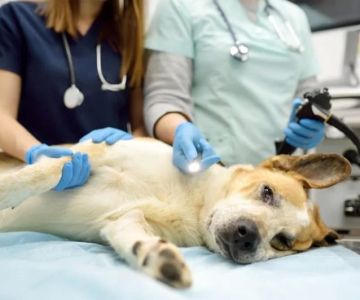What Should I Do If My Dog Has a Wound? A Complete Guide to Dog Wound Care
- Understanding Dog Wounds
- First Aid for Dog Wounds
- Common Types of Dog Wounds
- Steps to Treat a Dog Wound at Home
- When to Consult a Veterinarian
- Preventing Infections and Promoting Healing
- Products for Dog Wound Care
Understanding Dog Wounds
As much as we love our dogs, they can sometimes get injured. Whether it's a small scrape or a more serious wound, it’s important to know how to care for your dog properly. Dog wounds vary in severity, and understanding what type of wound your dog has will help you determine the best course of action.
Wounds on dogs are often caused by rough play, encounters with sharp objects, accidents, or animal fights. In some cases, a dog may even cause the injury themselves through excessive licking or scratching. Knowing how to respond is key to preventing infection and ensuring proper healing.
First Aid for Dog Wounds
The first step in treating a wound is providing immediate first aid. Here's what you should do:
1. Stay Calm
Your dog may be in pain, and their distress can cause them to act out. Take a moment to calm yourself before attempting to treat the wound.
2. Restrain Your Dog Safely
Make sure your dog is safely restrained to avoid further injury. If they’re nervous, you may need someone to help hold them gently while you work on the wound.
3. Clean the Wound
Gently clean the wound using warm water or a saline solution. Avoid using hydrogen peroxide or alcohol, as these can damage the tissue and slow healing.
Common Types of Dog Wounds
Dogs can suffer from a variety of injuries, each requiring different treatments. Here are some of the most common types of dog wounds:
1. Scrapes and Cuts
These are the most common types of wounds that occur due to rough play or encounters with sharp objects. They may bleed lightly, but usually heal well with basic care.
2. Puncture Wounds
Often caused by animal bites or sharp objects, puncture wounds can be serious as they can cause internal damage and lead to infections. Immediate treatment and veterinary care are essential.
3. Abrasions
These are superficial injuries where the skin is scraped or rubbed off. They may not bleed much, but they can still become infected if not treated properly.
Steps to Treat a Dog Wound at Home
Once you’ve provided initial first aid, you’ll need to continue monitoring and caring for the wound at home. Here's how:
1. Apply an Antibiotic Ointment
After cleaning the wound, apply a thin layer of antibiotic ointment to prevent infection. Avoid using human products, as they may contain harmful ingredients for dogs.
2. Bandage the Wound (If Necessary)
If the wound is large or in an area that’s prone to dirt and irritation, you may need to bandage it. Make sure the bandage isn’t too tight, as it could restrict blood flow.
3. Prevent Licking
Dogs have a natural tendency to lick their wounds, which can introduce bacteria. Consider using an Elizabethan collar (E-collar) to stop your dog from licking the wound.
4. Monitor for Infection
Over the next few days, monitor the wound for signs of infection. Look for redness, swelling, or discharge, which may indicate the need for veterinary care.
When to Consult a Veterinarian
While minor wounds can often be treated at home, there are situations where you should seek professional veterinary help:
- Excessive Bleeding: If the wound won’t stop bleeding after 10–15 minutes of pressure, it’s time to seek veterinary care.
- Signs of Infection: If the wound becomes red, swollen, or starts to discharge pus, consult your vet immediately.
- Puncture Wounds: These types of wounds may need additional care, including tetanus shots or antibiotics.
- Behavioral Signs: If your dog shows signs of pain, such as limping, whining, or acting lethargic, it could indicate a more serious injury.
At Hidden Brook Veterinary, we provide expert care for all types of dog injuries. Don't hesitate to reach out if you’re concerned about your dog’s wound.
Preventing Infections and Promoting Healing
Infections can complicate the healing process. To ensure your dog’s wound heals properly, here are a few tips:
1. Keep the Wound Clean and Dry
Continue to clean the wound regularly and keep it dry. Moisture can promote bacterial growth, which may lead to infection.
2. Limit Physical Activity
Restrict your dog’s physical activity to prevent the wound from reopening. This is especially important if the wound is in a high-movement area like the paws or joints.
3. Follow Up with Your Vet
Regular checkups with your vet ensure the wound is healing as expected and allow for early detection of any complications.
Products for Dog Wound Care
There are several products available that can help care for your dog’s wound, from antiseptic sprays to specialized bandages. When choosing products, make sure they are specifically designed for pets. At Hidden Brook Veterinary, we offer a range of trusted wound care products for dogs. Visit us for more information and recommendations to ensure your dog gets the best care possible.

